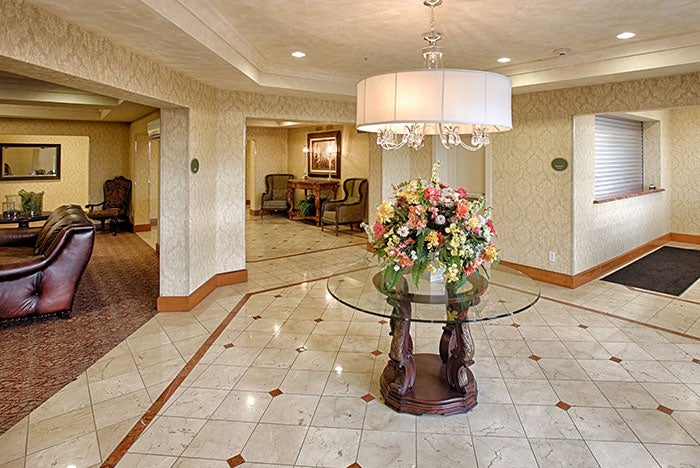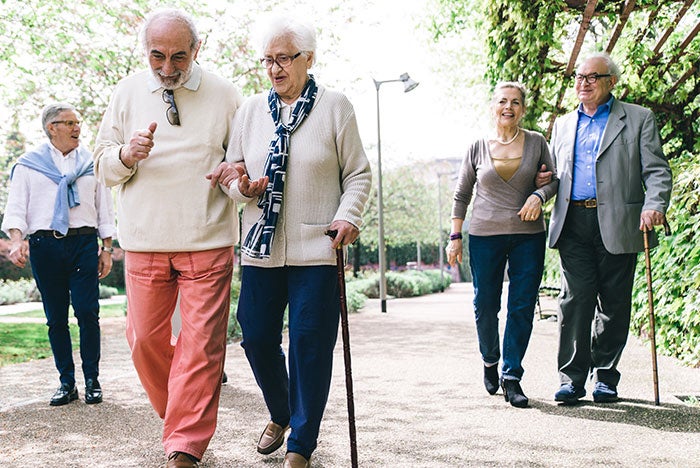Four design trends in senior living

The 2017 Senior Living Design Trend Watch addresses four factors that can help improve senior care facilities.
Senior living facilities can range from affordable housing to luxury accommodations but, no matter the size or type of facility, there are trends common among them all. A group of North American health care designers have compiled a third annual list of design trends for senior living facilities. This year’s Senior Living Design Trend Watch addresses four design aspects that not only speak to the needs of senior patients themselves, but also those of the patient’s extended care team, including family members and caregivers.
- Defining "home." Transitioning to a new residence can be a daunting experience, but bringing in homelike qualities can ease worry and stress among patients. However, because homes differ from patient to patient, a little customization can go a long way. Offering design services such as choices of colors, finishes, placement of furniture, artwork and materials provide a sense of control that can be important for many seniors, especially those in the baby boomer generation. It also can bring comfort to family members, knowing that their loved ones will be in a place where they feel at home. Some general characteristics that can create a homelike feel include fireplaces, intimate seating areas, live plants, windows and high ceilings.

Pedestrian-friendly campuses help to create opportunities for patients to interact within their communities.
- Connection to community. Going from a familiar neighborhood or family setting into a community of strangers can be a stressful experience, which is why it’s important to create a campus that promotes interaction with other residents. One way senior living operators are doing that is by repurposing older properties that are more centrally located within communities, where senior living is just one component of the greater campus. Others provide pedestrian-friendly campuses with lots of outdoor gardens or landscaping, perfect for farmers markets and festivals.
- Support for staff. Happy employees equate to happy patients and residents. This year’s report also emphasizes the need for space for caretakers and other employees to relax and recharge throughout the day. Break rooms with lounge seating, as well as ping pong tables, full kitchens with free food, and sleep rooms are options that many are looking to provide to their staff. And just like the residents, access to the outdoors and the connection to nature are important ways for staff to de-stress throughout the day.

Having sufficient space for staff support can help to increase the overall quality of care.
- Details matter. It’s important to find a balance between hospitality and institutional. While you don’t want residents and patients to feel as though they are checking into a hotel, you also don’t want the space to resemble a traditional hospital facility. This is where attention to detail really matters, ensuring that the décor, materials, colors/patterns, lighting, flooring and accessories go hand in hand to create a homelike design that creates opportunities to interact and supports staff needs.




